There’s something magical about a pot of beef bolognese simmering on the stove, filling your home with an irresistible aroma that promises comfort and satisfaction. This isn’t just any pasta sauce—it’s a labor of love that transforms humble ingredients into something extraordinary. Having tested countless variations over the years, I’m excited to share my perfected classic beef bolognese recipe that delivers rich, complex flavors every single time.
Why This Recipe is Awesome
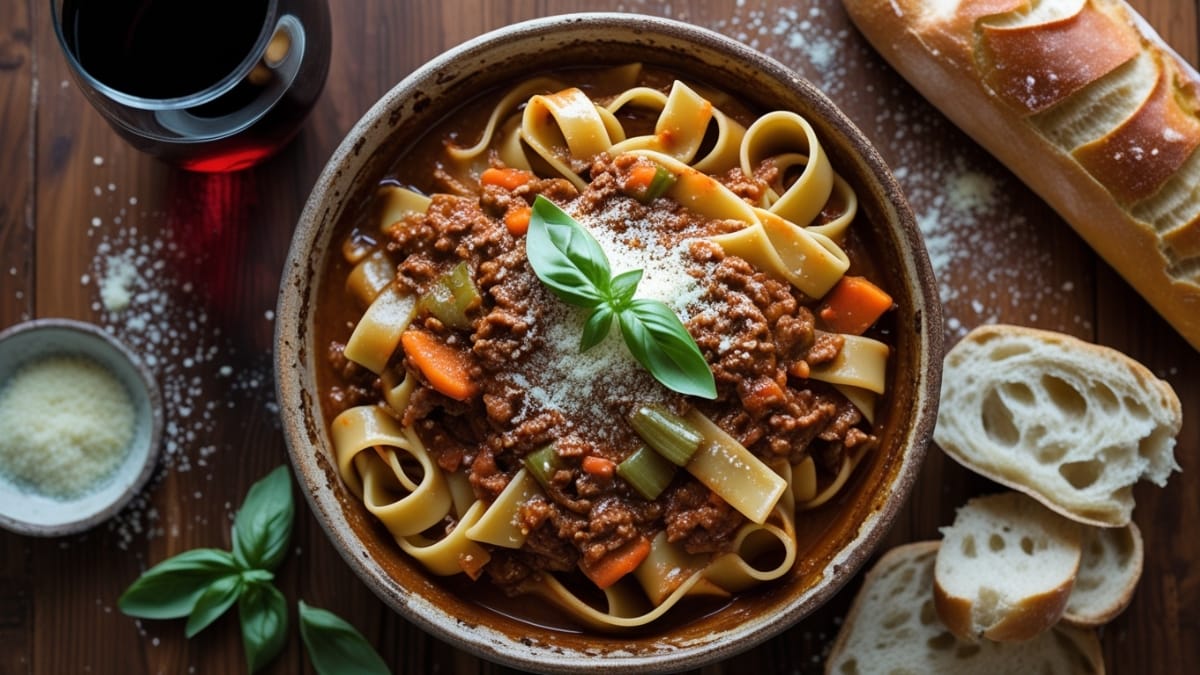
This classic beef bolognese stands out because it balances authenticity with practicality. Unlike quick meat sauces, this recipe embraces the slow-cooking tradition that allows flavors to develop and meld beautifully. The combination of beef, vegetables, wine, and tomatoes creates a sauce with incredible depth—silky, rich, and clinging perfectly to pasta.
What makes this version special is the careful balance of ingredients. I’ve incorporated traditional elements like soffritto (the holy trinity of Italian cooking: onions, carrots, and celery) while ensuring the technique is approachable for home cooks. The long, gentle simmer transforms the ingredients into a sauce that’s substantially different from—and infinitely better than—anything from a jar.
Equipment needed: Large heavy-bottomed pot or Dutch oven, wooden spoon, sharp knife, cutting board
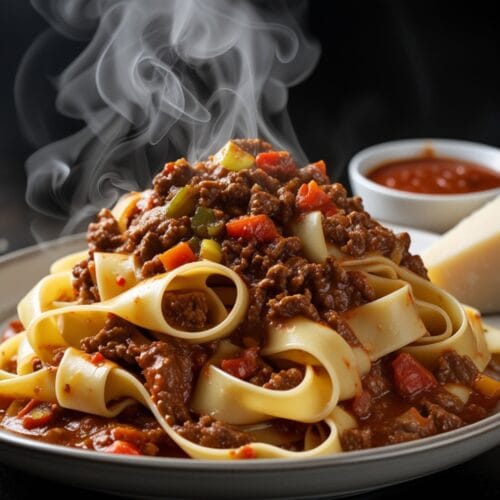
Classic Beef Bolognese
Ingredients
- 2 tablespoons olive oil
- 1 large onion finely diced
- 2 medium carrots finely diced
- 2 celery stalks finely diced
- 4 garlic cloves minced
- 2 pounds 900g ground beef (preferably 80/20 lean-to-fat ratio)
- 1 cup dry red wine such as Chianti or Sangiovese
- 2 tablespoons tomato paste
- 1 can 28 oz crushed tomatoes
- 2 cups beef stock
- 2 bay leaves
- 1 teaspoon dried oregano
- ½ teaspoon dried thyme
- 1 cup whole milk
- Salt and freshly ground black pepper to taste
- Pinch of nutmeg optional but traditional
- Parmesan cheese freshly grated, for serving
- Fresh basil leaves for garnish
- 1 pound pasta traditionally tagliatelle or pappardelle
Instructions
- Prepare your soffritto base by heating olive oil in a large Dutch oven over medium heat. Add onions, carrots, and celery, cooking until soft and translucent but not browned, about 8-10 minutes. This foundation builds the flavor profile of your sauce.
- Add the garlic and cook for another minute until fragrant, being careful not to burn it as this will create bitterness.
- Incorporate the ground beef, breaking it up with a wooden spoon. Cook until no longer pink, about 8 minutes. The meat should be browned but not crispy.
- Pour in the red wine and simmer until it reduces by half, about 5 minutes. This deglazes the pan and adds wonderful depth of flavor.
- Stir in tomato paste and cook for 2 minutes, allowing it to caramelize slightly which intensifies the umami flavor.
- Add crushed tomatoes, beef stock, bay leaves, oregano, and thyme. Bring to a boil, then reduce heat to maintain a gentle simmer.
- Cover partially and simmer for 1.5 hours, stirring occasionally to prevent sticking. The sauce should reduce and thicken during this time.
- Pour in the milk and stir well. This traditional step adds richness and helps tenderize the meat proteins. Continue simmering uncovered for another 30-45 minutes until the sauce reaches your desired consistency.
- Season with salt, pepper, and a pinch of nutmeg if using. Taste and adjust seasonings as needed.
- Cook your pasta in generously salted water until al dente. Reserve ½ cup of pasta water before draining.
- Combine the pasta with a portion of sauce, adding a splash of pasta water as needed to help the sauce coat the pasta evenly.
- Serve immediately topped with freshly grated Parmesan and torn basil leaves.
Notes
- For best results, make this sauce a day ahead. Like most slow-cooked dishes, the flavors improve overnight.
- The sauce freezes beautifully for up to 3 months. Portion into containers for easy weeknight meals.
- Authentic bolognese is more meat-forward than tomato-heavy – this isn’t meant to be a bright red sauce.
- The milk might seem strange, but it’s traditional and helps balance acidity while adding richness.
- A food processor can speed up vegetable chopping, but don’t puree them – texture is important.
- For extra depth, add a parmesan rind while simmering (remove before serving).
Calories & Nutritional Info
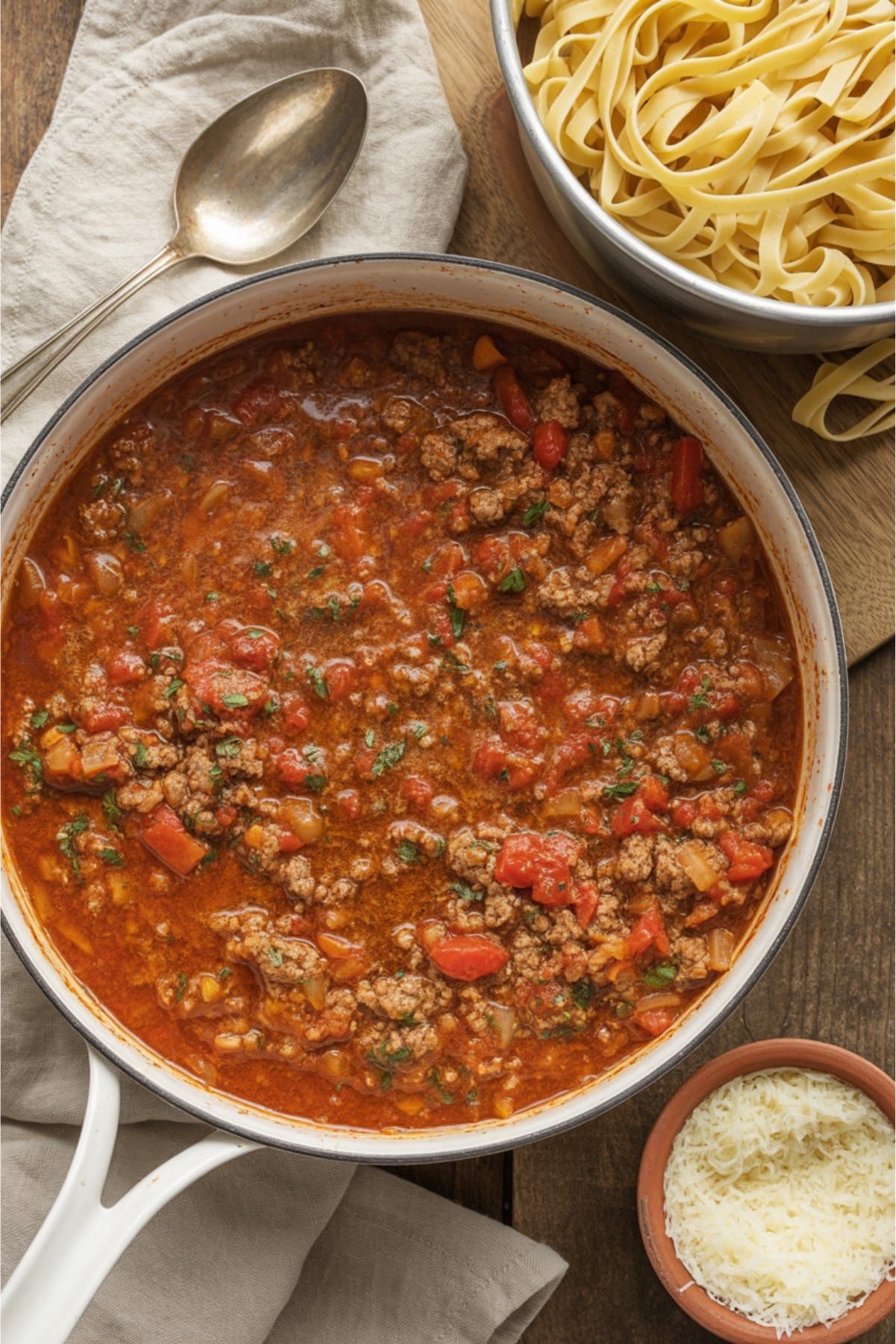
- Calories per serving: Approximately 450 calories (sauce only, without pasta)
- Protein: 35g per serving
- Carbohydrates: 12g per serving
- Fat: 28g per serving
- Fiber: 3g per serving
- Contains: Dairy (milk, cheese)
- Not suitable for: Vegetarians, vegans, those with dairy allergies
Common Mistakes to Avoid
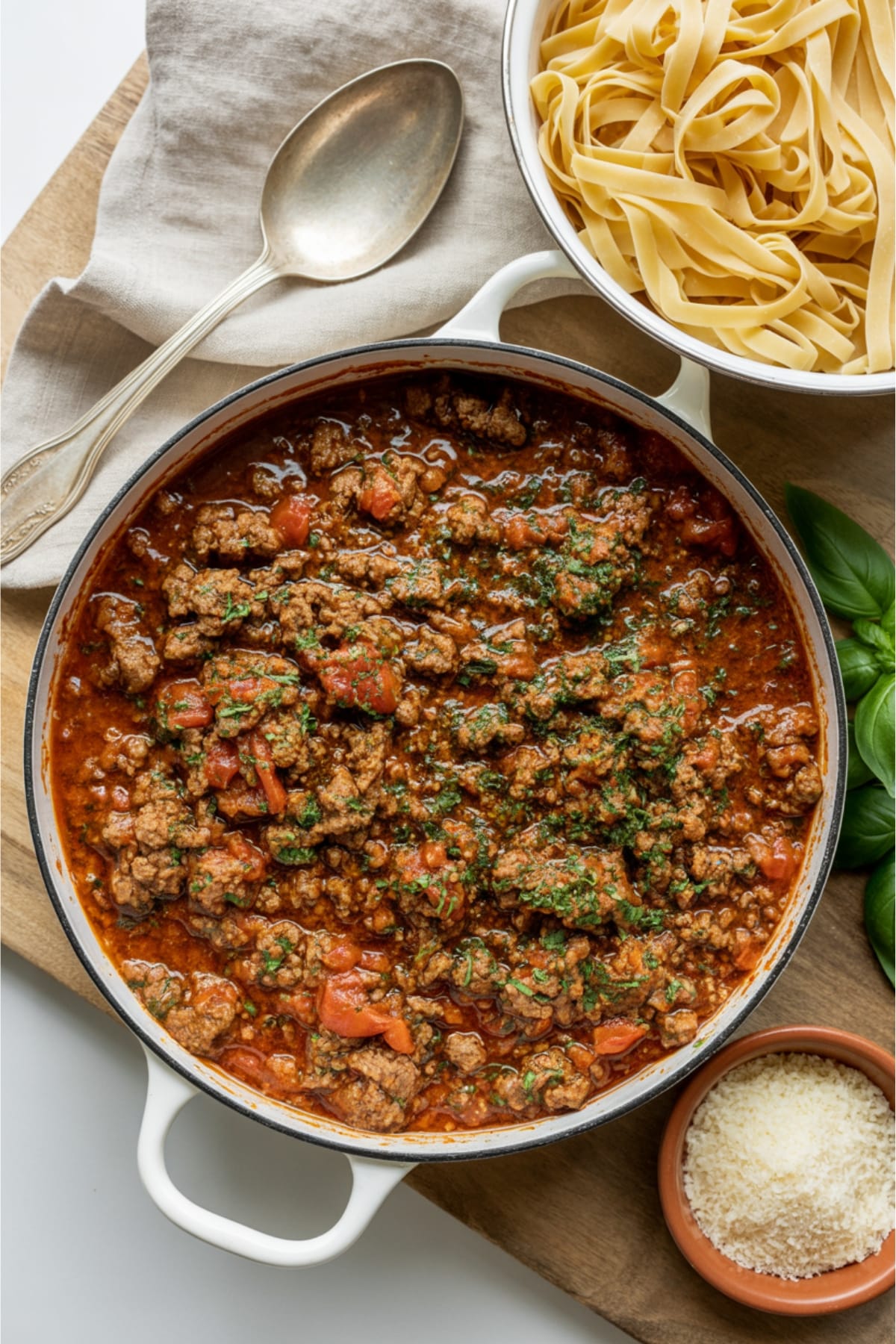
- Rushing the cooking process. Bolognese needs time for flavors to develop and meld properly.
- Using lean ground beef. The fat contributes significant flavor and richness to the sauce.
- Skipping the soffritto. These aromatic vegetables form the foundation of flavor.
- Adding too much tomato. Authentic bolognese is meat-forward, not tomato-heavy.
- Cooking at too high heat. A gentle simmer prevents scorching and allows for proper melding of flavors.
- Underseasoning. Taste and adjust salt throughout the cooking process, not just at the end.
- Serving with the wrong pasta. Bolognese pairs best with wide, flat pasta that can hold the hearty sauce.
Alternatives & Substitutions
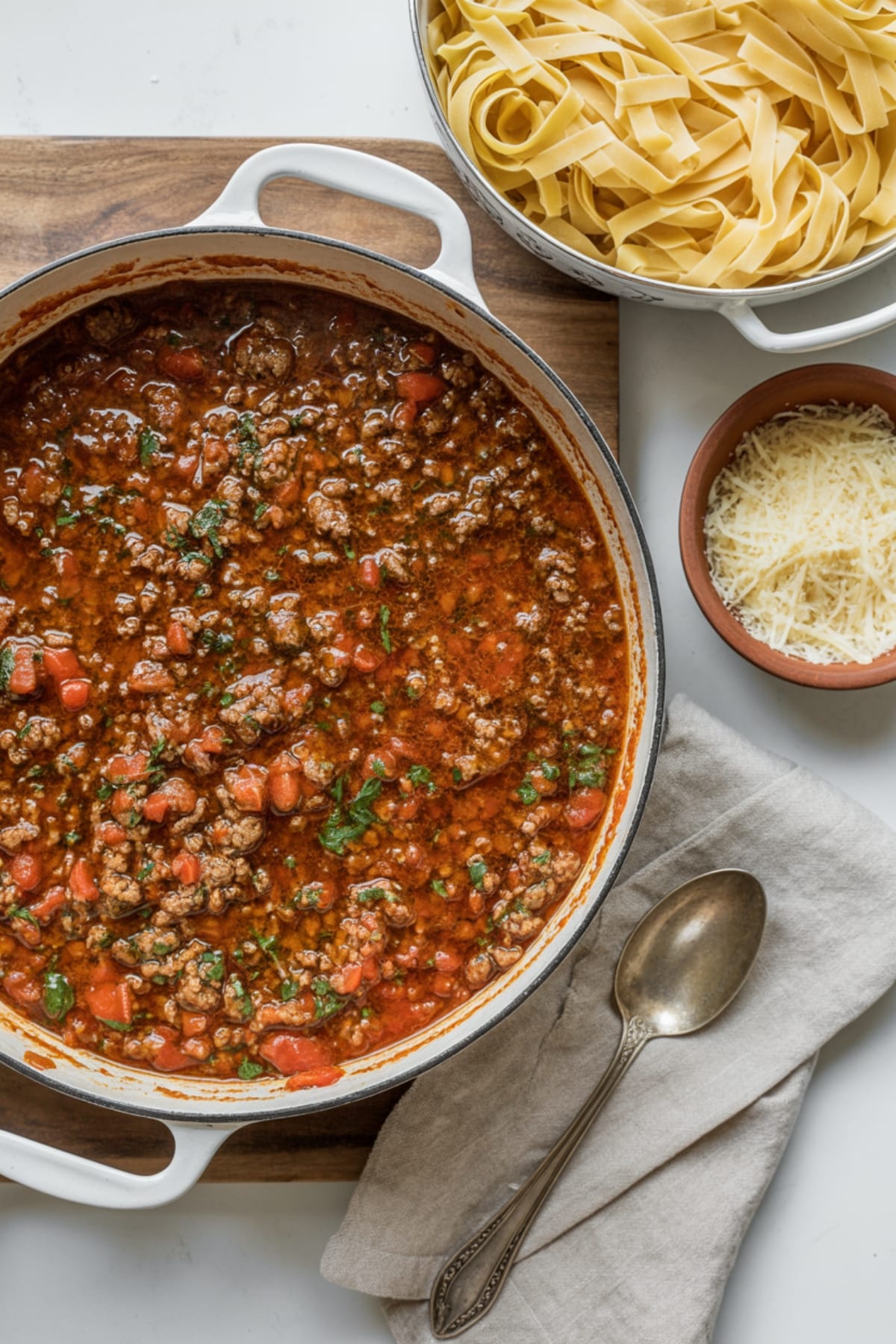
- Meat options: Use a blend of ground beef and ground pork for more complexity, or substitute ground turkey for a lighter version (though it will alter the traditional flavor).
- Wine substitution: Replace with additional beef stock plus 1 tablespoon of balsamic vinegar for depth.
- Dairy-free: Substitute unsweetened almond milk or cashew cream for the milk component.
- Gluten-free: Serve with gluten-free pasta or over polenta.
- Lower-carb: Serve over roasted spaghetti squash or zucchini noodles.
- Vegetarian adaptation: Substitute with a mixture of finely chopped mushrooms, lentils, and walnuts (though this creates a different dish entirely).
FAQs
What makes a true bolognese different from regular meat sauce?
True bolognese is characterized by its slow cooking method, complex flavor development, and balanced meat-to-tomato ratio. Unlike American-style meat sauces, authentic bolognese uses relatively little tomato, incorporates milk, and relies on wine and a long simmer for depth rather than herbs and spices.
Can I make bolognese in a slow cooker?
Absolutely! Brown the meat and vegetables as directed, then transfer everything to a slow cooker and cook on low for 6-8 hours. Add the milk during the last hour of cooking.
Why add milk to bolognese sauce?
Milk serves multiple purposes: it adds richness, balances acidity from the tomatoes and wine, and helps break down proteins in the meat for a more tender texture. This traditional ingredient creates bolognese’s signature silky mouthfeel.
How long does bolognese keep in the refrigerator?
Properly stored in an airtight container, bolognese sauce will keep for 4-5 days in the refrigerator. It often tastes even better the next day as flavors continue to develop.
What’s the best pasta shape for bolognese?
Traditionally, bolognese is served with tagliatelle or pappardelle – wide, flat pasta shapes that provide maximum surface area for the sauce to cling to. Avoid thin pasta like spaghetti, which can’t hold the hearty sauce properly.
Final Thoughts
This classic beef bolognese is more than just dinner—it’s an experience worth savoring. The rich, complex flavors developed through patient cooking make this a dish that creates memories around your table. Whether you’re serving it for a special occasion or a cozy Sunday dinner, this recipe rewards your efforts with incredibly satisfying results that connect you to generations of cooking tradition.
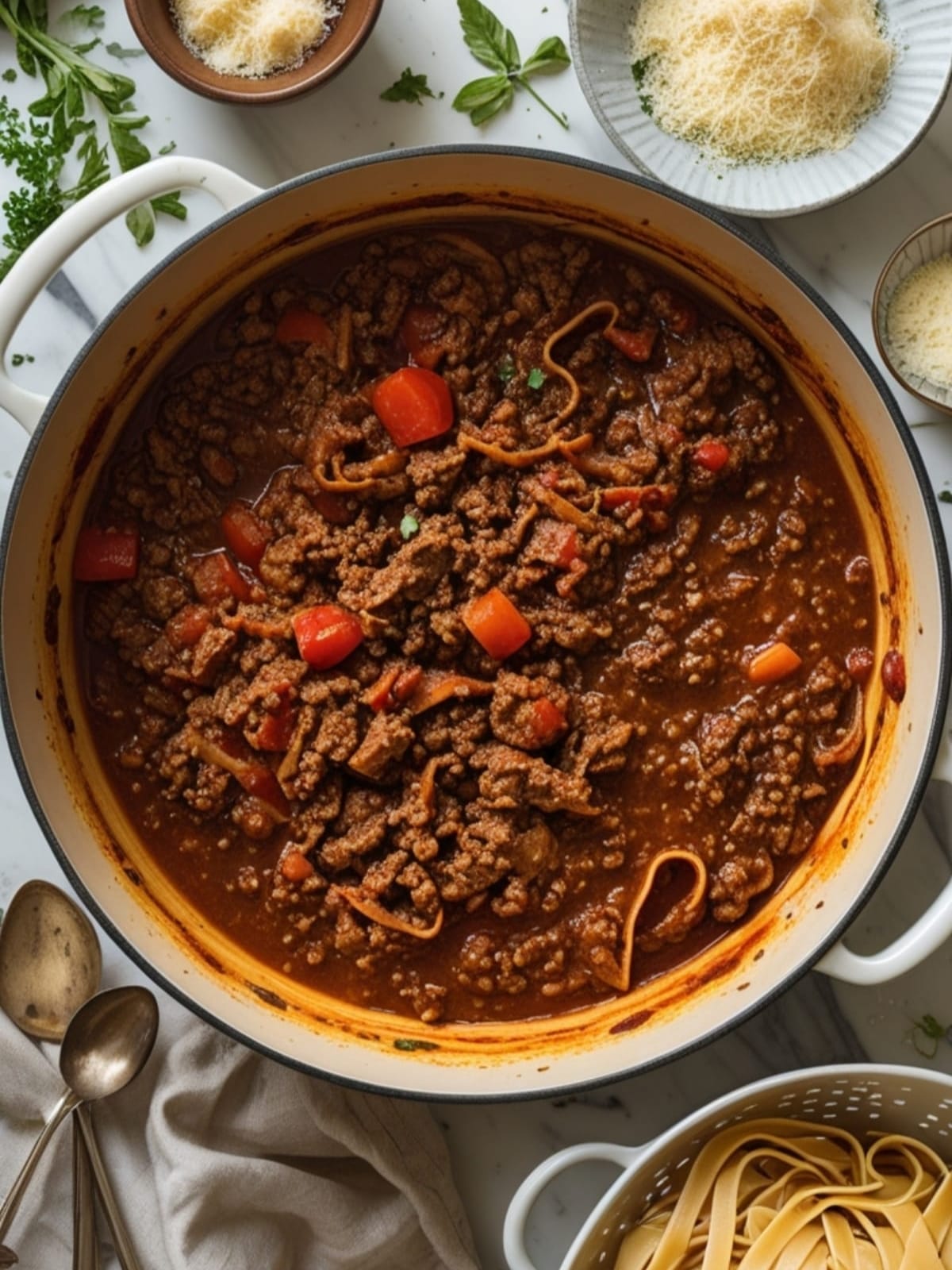
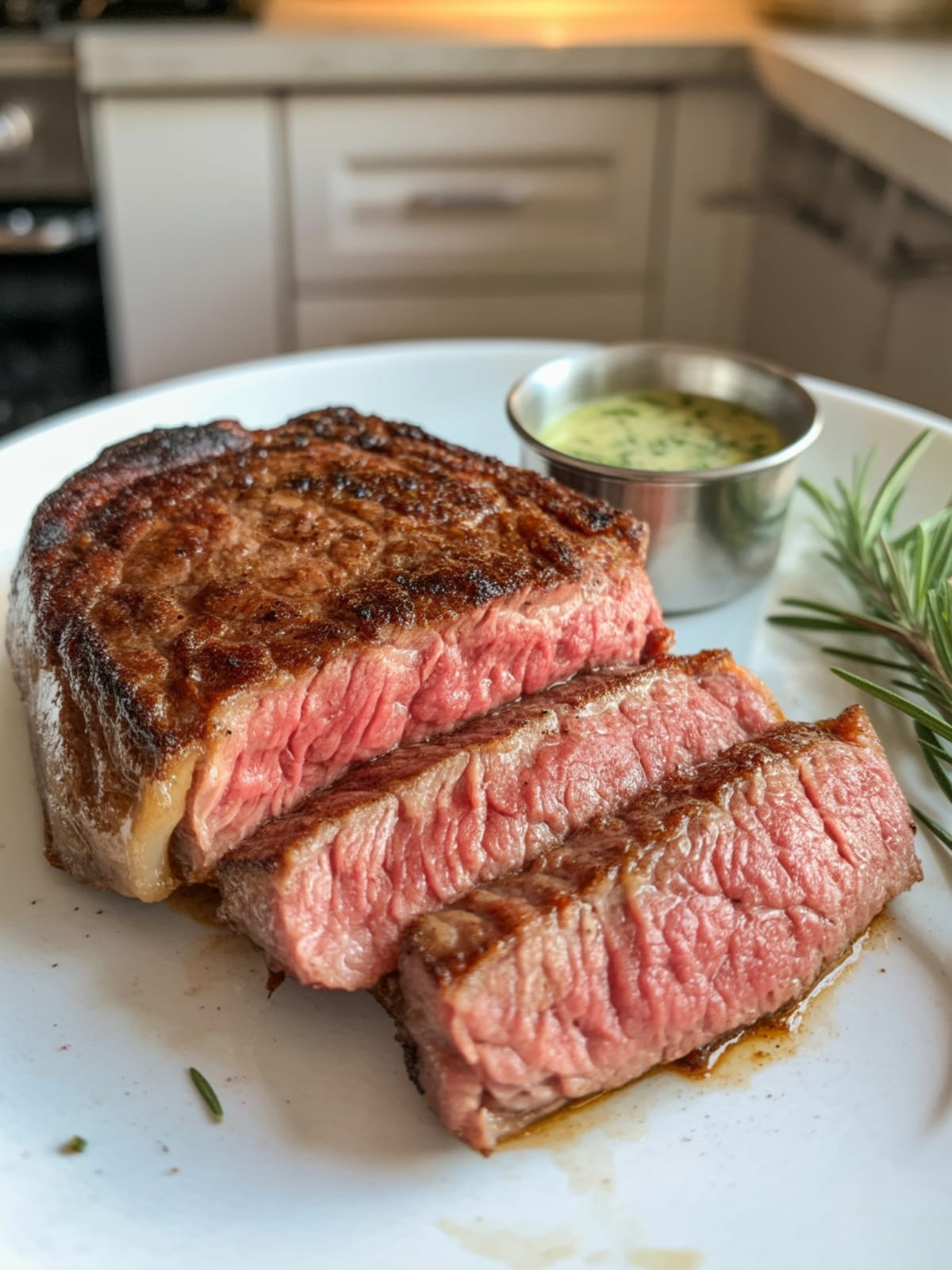

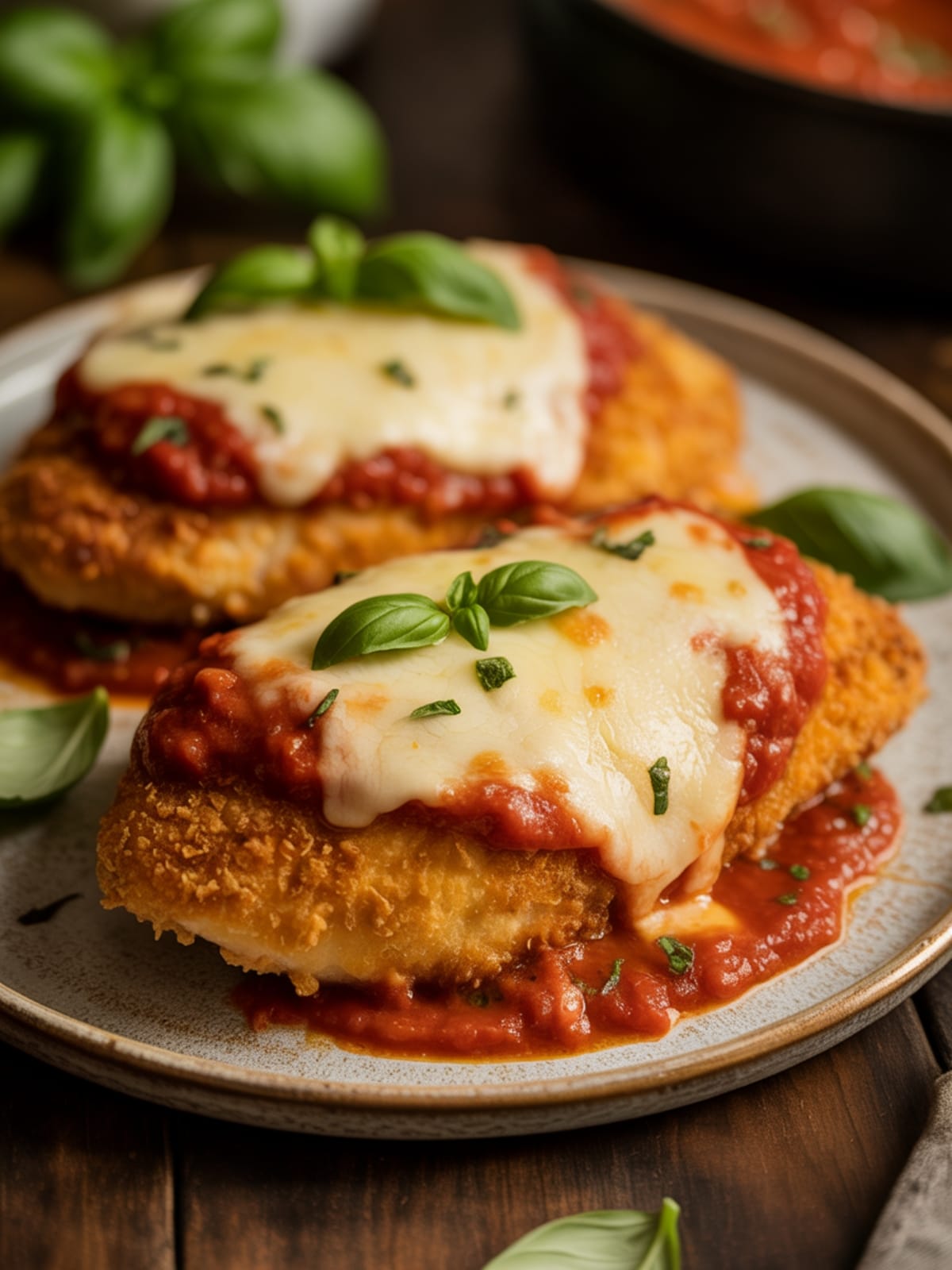
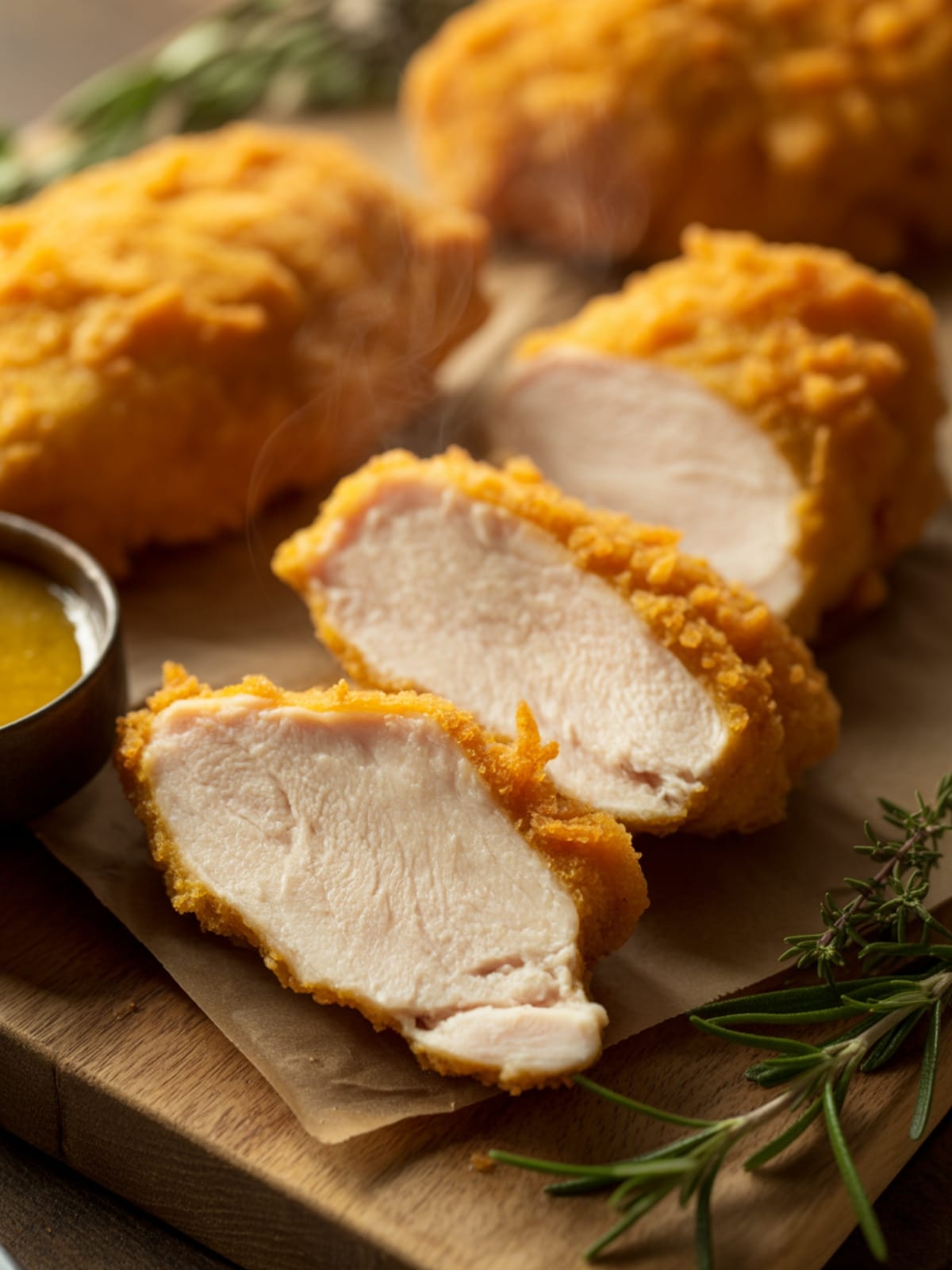

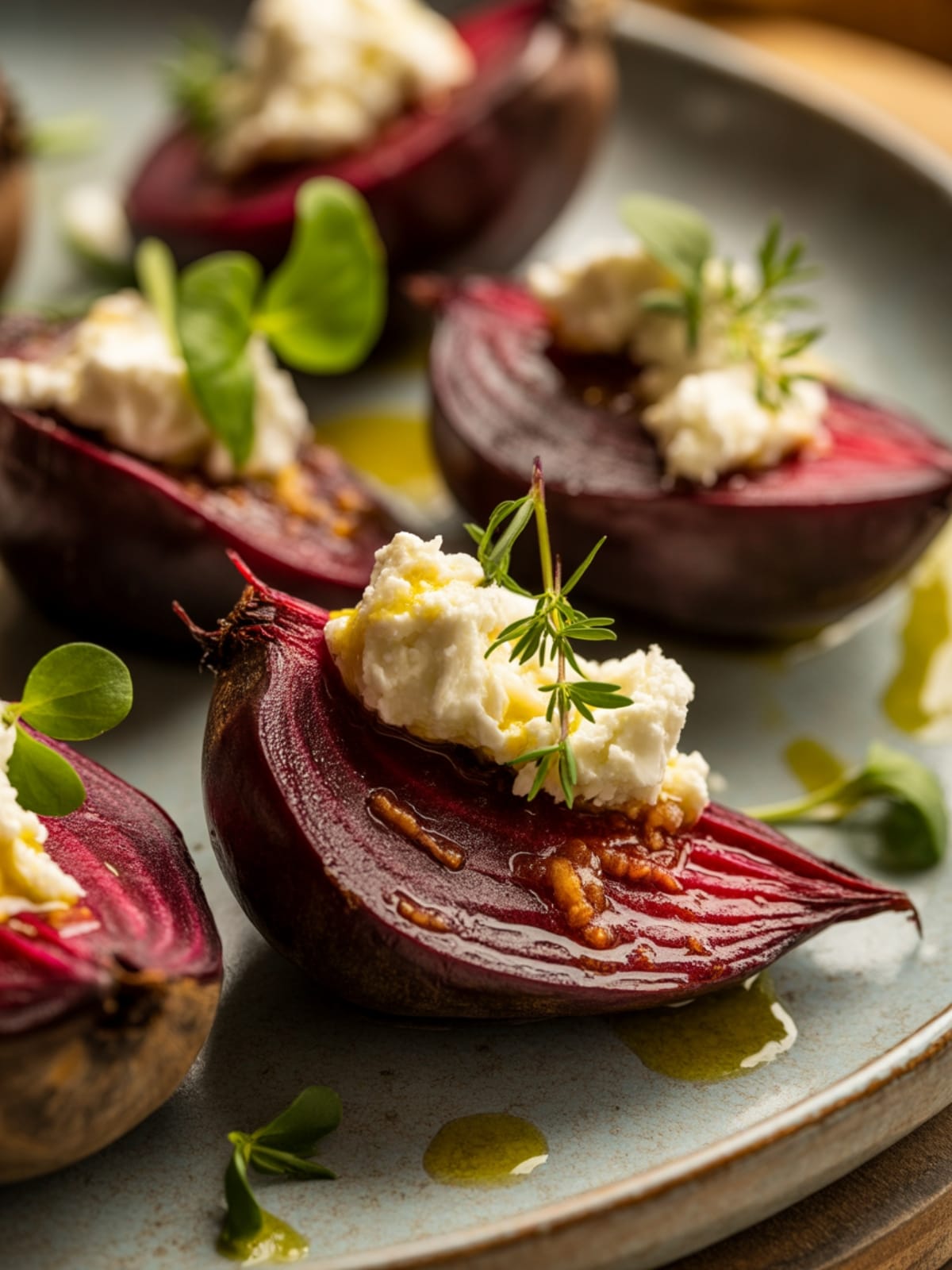
this article is very useful, thank you for making a good article
Thank you so much for your kind words! I’m really happy to hear you found the article useful. Your support means a lot and inspires me to keep sharing more helpful content.
Skim the fat from the ground beef before adding the red wine?
No need to skim the fat before adding the wine. The rendered fat from the beef adds richness and depth to the sauce, helping the flavors meld beautifully during the long simmer. If you’re using beef that’s higher in fat than the recommended 80/20 ratio, you can remove a little if it looks excessive—but don’t get rid of it all. That fat is what gives the bolognese its silky texture and amazing flavor.